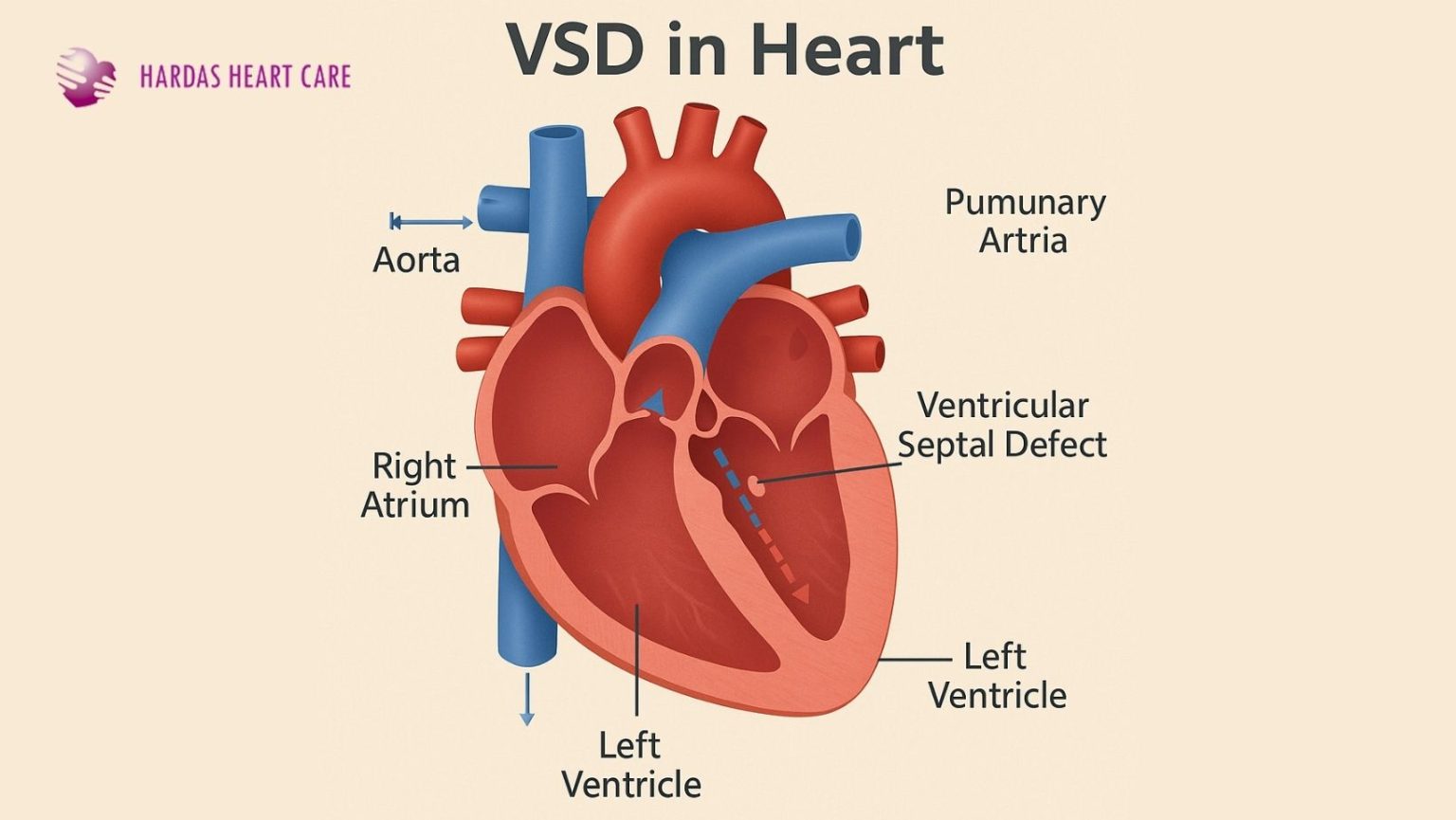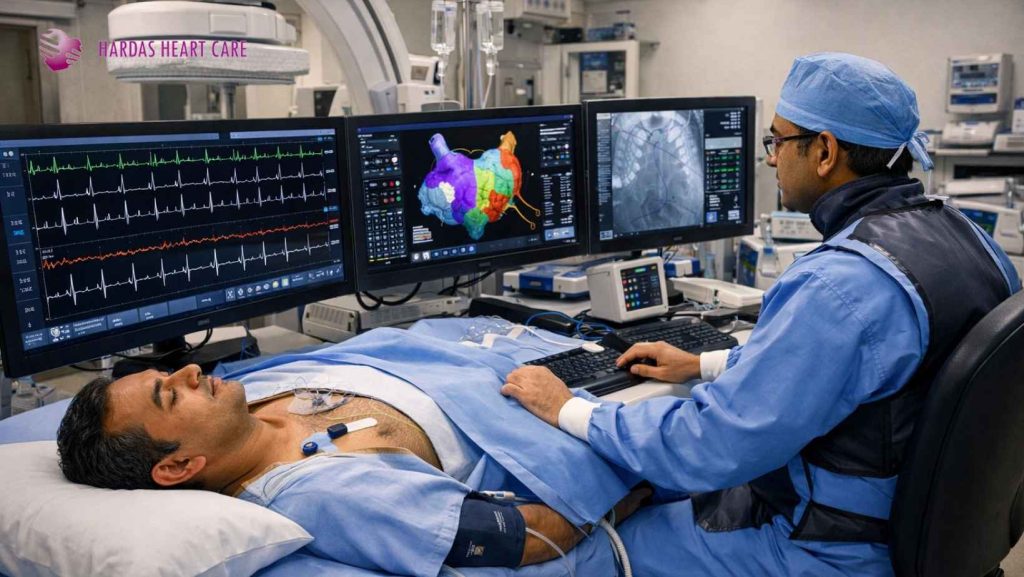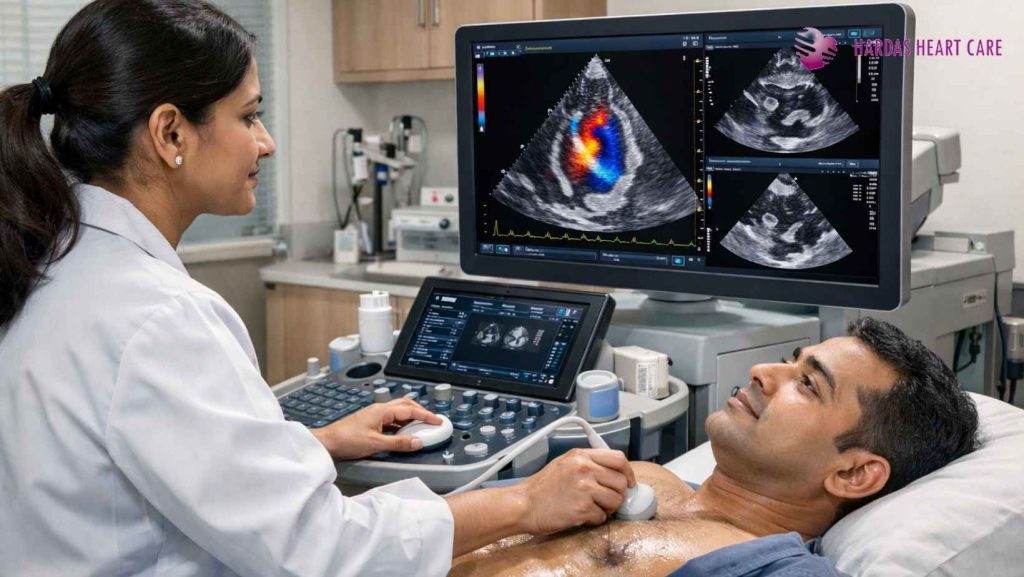Ventricular Septal Defect, commonly called VSD, is one of the most frequently diagnosed congenital heart conditions. Parents and adults in Pune often seek clarity on what it means, how serious it is, and the treatment options available. With timely detection and expert care, VSD can be effectively managed, allowing individuals to lead healthy lives.
What is VSD in Heart?
A Ventricular Septal Defect occurs when there is an abnormal opening in the septum, the wall separating the heart’s two lower chambers, called ventricles. This defect allows oxygen-rich blood from the left ventricle to mix with oxygen-poor blood in the right ventricle. As a result, the heart works harder to pump blood, and the lungs can become overloaded with blood flow.
The severity of VSD depends on the size of the opening. Some defects are small and may close naturally over time, while larger ones can cause significant symptoms and complications if left untreated.
What are the causes of Causes of VSD in Heart?
Most cases of VSD are congenital, meaning they are present from birth due to abnormal development of the heart during pregnancy. However, certain factors can increase the risk. A family history of congenital heart defects can predispose infants to VSD. Maternal health also plays a role; conditions such as uncontrolled diabetes, infections, or exposure to harmful substances during pregnancy can contribute to abnormal heart development.
Dr. Hardas emphasizes, “Early diagnosis is key. Identifying VSD soon after birth allows for proper monitoring and intervention, significantly improving outcomes for children.”
Symptoms to Watch For VSD in Heart?
The symptoms of VSD can vary depending on the defect’s size and the strain it places on the heart. Small VSDs may remain unnoticed for years, as they often do not produce obvious symptoms. In contrast, medium and large VSDs can cause visible signs such as rapid breathing, fatigue, poor weight gain in infants, and frequent respiratory infections. One of the earliest signs often detected by pediatric cardiologists is a heart murmur, which prompts further investigation.
Parents in Pune should consult a cardiologist if their child exhibits any of these symptoms, especially difficulty feeding, persistent tiredness, or frequent lung infections. Early consultation helps ensure timely management and reduces the risk of long-term complications.
Diagnosis of VSD
Doctors use several diagnostic tools to confirm VSD and assess its impact. An echocardiogram is the primary tool, providing detailed imaging of the heart and the location and size of the defect. An electrocardiogram (ECG) can help detect abnormal heart rhythms, while a chest X-ray may reveal enlargement of the heart or changes in the lungs caused by excess blood flow. In certain complex cases, cardiac catheterization is performed to measure pressures in the heart and determine the need for intervention.
Timely diagnosis is essential because it allows doctors to plan the most appropriate treatment and monitor the heart’s function over time.
Treatment Options For VSD in Heart Pune
The treatment for VSD depends on the size of the defect, the severity of symptoms, and the overall health of the patient.
For small defects, medical management may suffice. Some VSDs close naturally as the child grows. Doctors may recommend medications to reduce strain on the heart and lungs, manage fluid retention, or prevent infections such as endocarditis. These measures are often sufficient for children with mild defects, but regular monitoring remains critical.
In cases of larger VSDs causing significant symptoms or strain on the heart, surgical intervention is often necessary. Open-heart surgery is the most common procedure, where the defect is closed using a patch. Advances in cardiac care also allow minimally invasive procedures, such as device closure via catheterization, in selected patients.
Dr. Hardas highlights, “Surgical closure of VSD, when performed at an experienced center, offers excellent long-term outcomes. Parents should also understand that post-operative follow-up and heart monitoring are essential for a healthy recovery.”
Lifestyle and Long-Term Care
Even after treatment, lifestyle choices and regular follow-up play a crucial role in maintaining heart health. Patients should adhere to a balanced diet, avoid strenuous activities until cleared by a cardiologist, and promptly treat any respiratory infections. Regular check-ups are vital to monitor heart function and prevent complications.
Choosing the right medical center in Pune is equally important. Look for hospitals with experienced cardiologists, modern diagnostic tools, and a multidisciplinary care approach involving surgeons, nutritionists, and pediatric specialists. Personalized care ensures that each patient receives treatment tailored to their unique needs.
Dr. Hardas’s Expert Advice
Dr. Hardas strongly recommends early screening for newborns and infants to detect VSD as soon as possible. According to him, timely diagnosis, appropriate intervention, and continuous monitoring enable children and adults with VSD to lead active, healthy lives. He also emphasizes that understanding the condition and following a doctor’s guidance closely can prevent future complications.
Conclusion
VSD in heart Pune is a manageable condition when detected early and treated properly. Awareness of symptoms, regular consultations with experienced cardiologists, and adherence to prescribed care plans are crucial. With the guidance of experts like Dr. Hardas, patients can achieve excellent outcomes and maintain a healthy, active lifestyle.
By staying informed and proactive, families can ensure that VSD does not limit their child’s growth or overall quality of life. Timely care, expert advice, and long-term monitoring are the pillars of successful VSD management.



